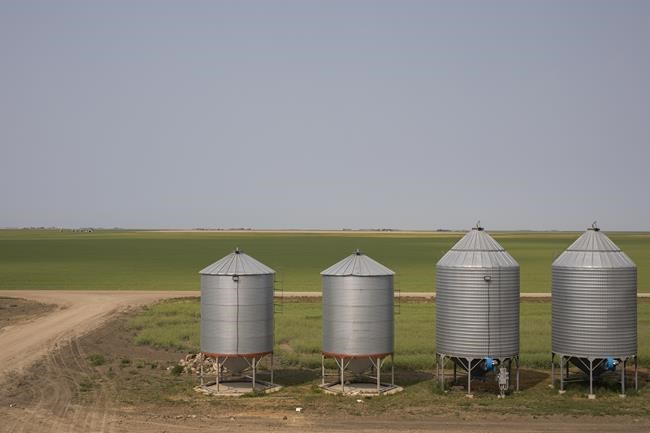CALGARY — Seeding delays across much of the prairies are raising concerns about potentially lower crop yields in a year when Canadian farmers are under pressure to deliver a strong harvest.
The stakes are high for Canada's agriculture industry in 2022, with the war in Ukraine spurring global food security fears and driving prices for commodities such as wheat and canola sky-high.
Domestically, farmers also need to grow enough to break even financially. Supply chain snarls and inflationary pressures have driven up prices for everything from tractor parts to fertilizer, and farm groups say that means the hectares seeded by North American farmers this spring are the most expensive in history.
But the growing season is already off to a rocky start. According to a report released earlier this week by Raymond James Financial Inc., farmers in both Canada and the U.S. got their slowest start in more than a decade this year due to early-season rain, snow and flooding.
While there has been progress in the last couple of weeks, said Raymond James analyst Steve Hansen, the ideal window for planting has been missed in many areas.
"Industry data suggest atypically late plants are often associated with late harvests and below-average yields, ultimately raising questions about the size and quality of the 2022 harvest," Hansen wrote in the report.
In Manitoba, which is facing tens of millions of dollars in damages as a result of flooding and wet weather this spring, some farmers haven't even been able to get out onto their land yet. According to the Manitoba government, seeding in the province was only 40 per cent complete as of May 31, compared with the five-year average of 91 per cent.
Many Manitoba farmers are focusing on planting whatever crop they can on the driest land they have. The Manitoba government said it expects a 10 to 40 per cent reduction in corn production in the province this year as farmers who have missed the window for planting corn switch to an alternate crop like canola.
"Manitoba farmers’ outlook for 2022 has been discouraged by poor weather, logistic delays, and extreme commodity risk," the provincial government wrote in its most recent crop report.
"Farmers, livestock producers, ag-retailers and support networks are encouraged to connect with each other, and reach out to counselling and stress support services as needed."
In Saskatchewan, 76 per cent of the crop hectares in the province had been seeded as of May 31, compared with the five-year average of 93 per cent. Producers in the southeast and east central regions of the province have reported that many low-lying areas will go unseeded this year due to standing water.
While seeding progress in Alberta has been good compared with Saskatchewan and Manitoba, the province has the opposite problem. Many parts of Alberta have been too dry this spring, raising fears that farmers in regions affected by last summer's extreme drought will face similar challenges this year.
This report by The Canadian Press was first published June 3, 2022.
Amanda Stephenson, The Canadian Press



